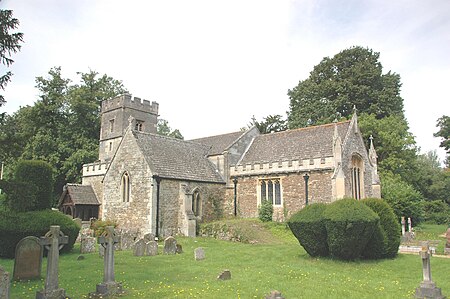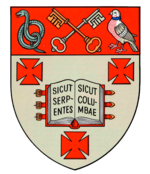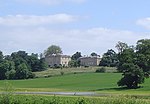Radley
Civil parishes in OxfordshirePopulated places on the River ThamesUse British English from August 2015Vale of White HorseVillages in Oxfordshire

Radley is a village and civil parish about 2 miles (3 km) northeast of the centre of Abingdon, Oxfordshire. The parish includes the hamlet of Lower Radley on the River Thames. It was part of Berkshire until the 1974 boundary changes transferred it to Oxfordshire. The village is home to Radley College, a famous boarding independent school for boys from the age of thirteen to eighteen that consists of 690 pupils.
Excerpt from the Wikipedia article Radley (License: CC BY-SA 3.0, Authors, Images).Radley
Spinneys Close, Vale of White Horse
Geographical coordinates (GPS) Address Nearby Places Show on map
Geographical coordinates (GPS)
| Latitude | Longitude |
|---|---|
| N 51.689 ° | E -1.24 ° |
Address
Spinneys Close
Spinneys Close
OX14 3AS Vale of White Horse
England, United Kingdom
Open on Google Maps










